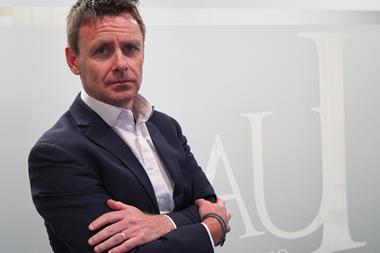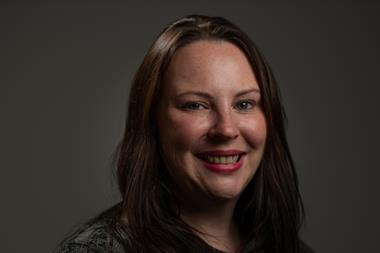Underinsurance is a persistent and worsening issue for businesses of all sizes. Despite a softening market, more available data and growing awareness, many policyholders remain dangerously exposed. Now is the time for risk managers to act.
Underinsurance is not a new problem. Yet in 2025, with all the lessons of the past decade, it remains alarmingly widespread.
Aviva’s latest Broker Barometer shows that 68% of brokers say they are concerned about their clients being underinsured, while seven in ten report seeing claims either denied or paid at a reduced value due to insufficient cover.

The problem is not limited to property. From cyber insurance to liability and business interruption, a wide range of risks are being underestimated and underfunded. And while insurers and brokers agree that the issue needs urgent attention, competing pressures are making it hard to move the needle.
In a column for sister publication Insurance Times, Mike Edgeley, group chief executive of Clear Group, cited research showing that 46% of UK commercial properties are underinsured, with an average shortfall of 40%.
Yet, as he pointed out, this is only part of the picture. Underinsurance in cyber is now a major concern, with attacks on major retailers such as Marks & Spencer and the Co-op highlighting the scale of disruption even short-term outages can cause.
The government’s Cyber Security Breaches Survey 2025 found that 43% of businesses experienced a cyber attack or breach in the past 12 months. Despite this, only 45% are insured against cyber risks in any form.
Among SMEs, that figure drops to only 40.2%. This lack of protection, despite rising threat levels, shows that many businesses still do not fully understand the risks they face, or mistakenly assume their general policies will cover them.
Soft market, hard decisions
In theory, the current market conditions should make it easier to address underinsurance. After years of rate hardening, commercial lines pricing has begun to soften as insurers seek to grow market share.
Brokers now have more flexibility to raise conversations around valuations, cover limits and overlooked risks like cyber and business interruption.
Edgeley argued that brokers should be using this price headroom to help clients improve their coverage. But he also warned that the opportunity may not last.
“I’d wager that when statistics on underinsurance are published in two years’ time, the picture will not show much difference to today’s figures,” he wrote. Ongoing economic strain, rising operating costs and geopolitical uncertainty mean many clients remain focused on cutting costs rather than optimising protection.
Strained capacity in broking
Even where clients are open to improving their insurance, brokers may not have the time or capacity to help them. Increased competition and pressure to re-market renewals is placing strain on account handlers, who report being busier than ever.
Jason Chambers, director of innovation at Aviva, acknowledged the challenge. “It’s easy to see why, conversations about cover and premiums can be tough, especially when cost is front of mind for so many businesses.”
Aviva’s research found that only 28% of clients regularly revalue their assets, and 47% of underinsured customers cited policy cost as the main reason for holding inadequate cover.
Brokers are trying to push the issue. Aviva says 80% believe they should take the lead in addressing underinsurance. But structural pressures mean many cannot give it the attention it requires.
The issue is also one of communication. In a column for Insurance Times, Kelly Ogley, chief executive of Howden Consumer and Local Commercial, argued that the sector must rethink how it explains cover and risk exposure.
Too often, she said, clients wrongly assume they do not need full protection because they believe a total loss is unlikely. “But, as experts, it’s our job to explain their risk exposure and that this isn’t just about us trying to increase the cost!” she wrote.
Ogley stressed that brokers and insurers must do more to make conversations around risk meaningful and accessible. Rather than leaning on jargon or overcomplicated rationale, advisers should use relatable examples, personal engagement, and regular reviews to help clients understand the true consequences of underinsurance.
Close the gap while the window is open
The convergence of lower premiums, stronger data, and growing awareness offers a narrow window to improve coverage across the board. But this opportunity will pass unless brokers, insurers and risk managers act decisively.
Operational efficiency, better communication and a rebalancing of priorities are all essential.
As Ogley concluded, “Ultimately, working on education, listening more and embracing innovation are the keys to closing the protection gap.”














No comments yet